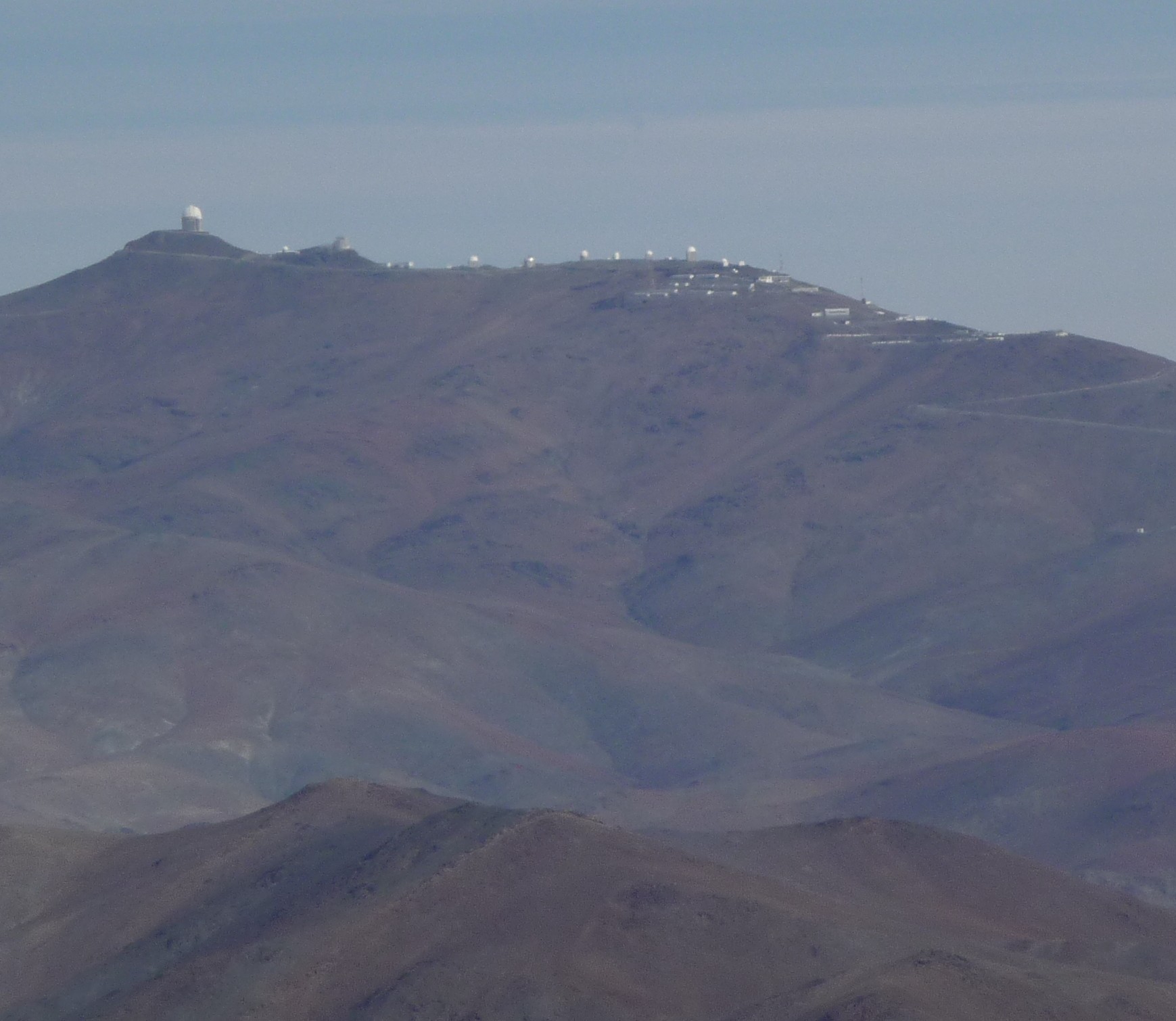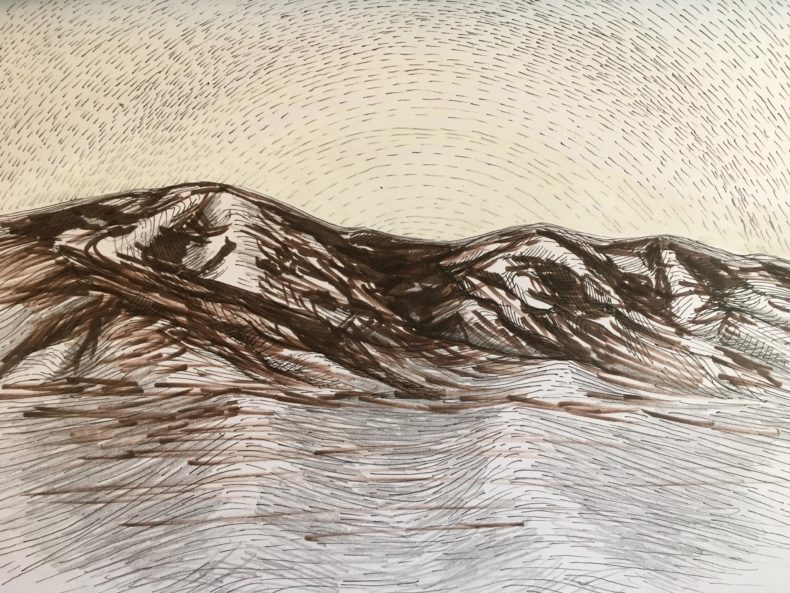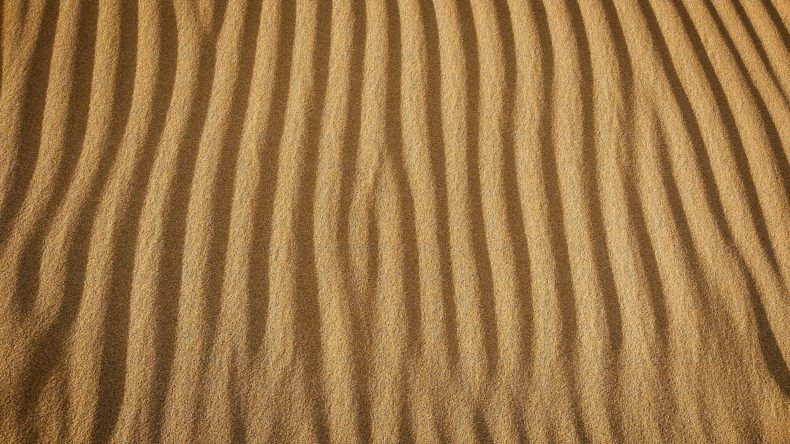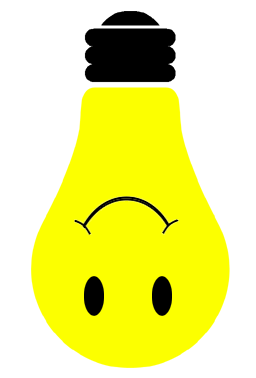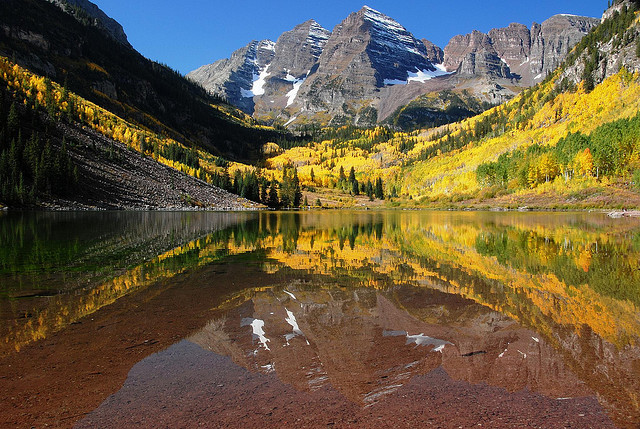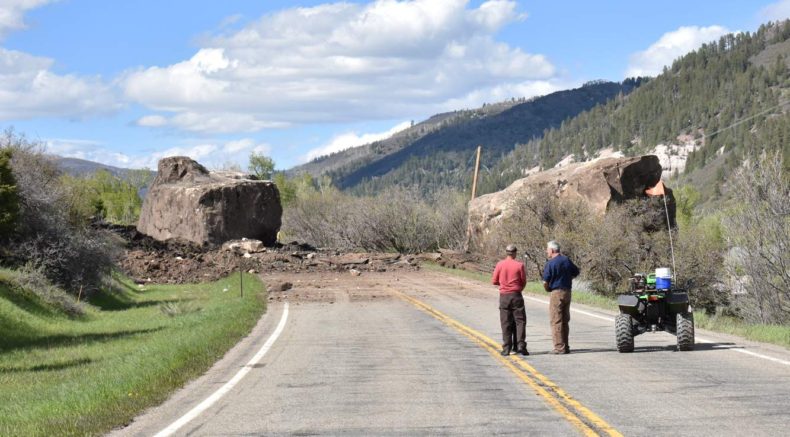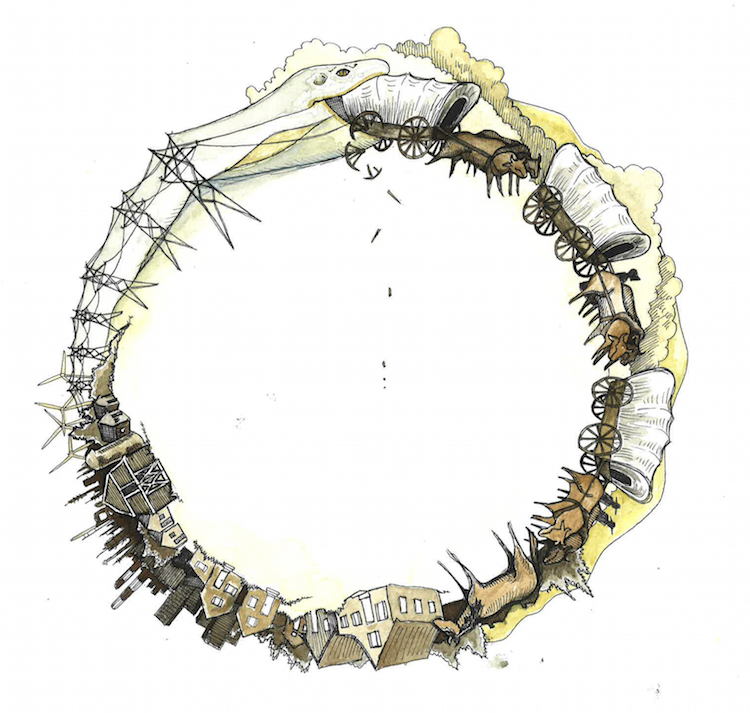This essay originally ran on September 23, 2011. It’s reappearing here as part of LWON’s “It’s ATACAMA WEEK! (Because we can.)“
Today is the autumnal equinox, the last partial day of summer and the first partial day of autumn—at least in the Northern Hemisphere. In the Southern, today is the vernal equinox, the last full day of winter and the first partial day of spring. (Yes, I know, a swath of the Pacific Ocean abutting the International Date Line, including the Aleutian Islands, Hawaii, the Cook Islands, and French Polynesia, experienced the equinox very late yesterday [local time], but they’re just being difficult. Besides, the equinox, when the Sun passes precisely over the equator, happens everywhere on Earth at the same moment: 9:05 a.m. Universal Time.) For the purposes of this post the distinction between autumnal and vernal equinox—Northern and Southern Hemisphere—is one worth making, because where I spent my summer vacation this year was Chile.
When I told a friend that I would be traveling to Chile because it’s home to some of the world’s greatest observatories, she naturally asked, “Why Chile?” Because, I explained, the calm and dry air of the Atacama Desert makes Chile just about ideal for astronomy. “But,” she said, after a little reflection, “doesn’t the sand get in the gears?”
I don’t know much about geology, but I do know that deserts are defined by their aridity, not by their Lawrence-of-Arabia duneness. The South Pole, for instance, sits in the middle of a desert, which is what makes it, too, an impeccable place for astronomy. But I learned to empathize with her cluelessness, because once I got to Chile, I realized I didn’t know what kind of landscape to expect, either.
